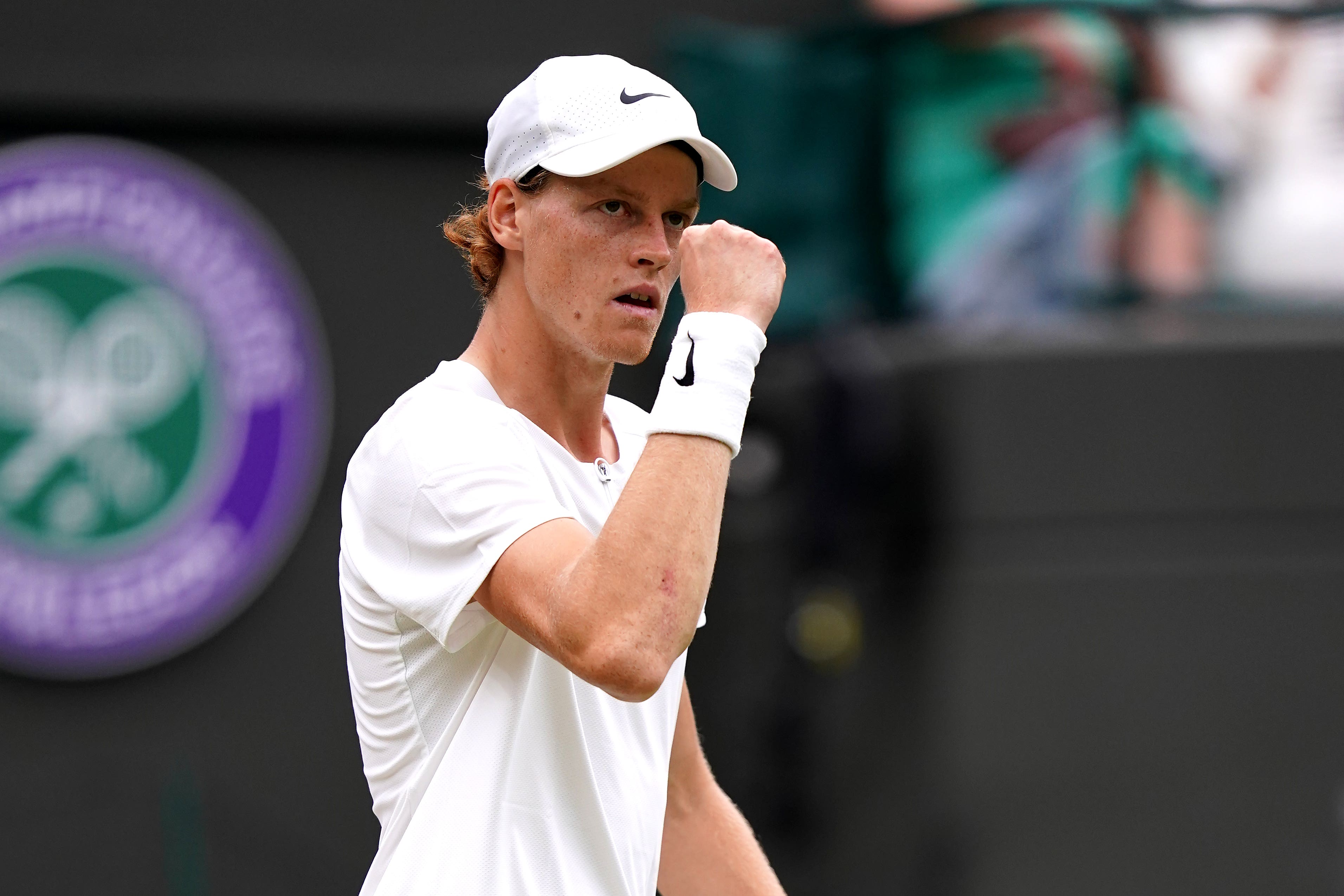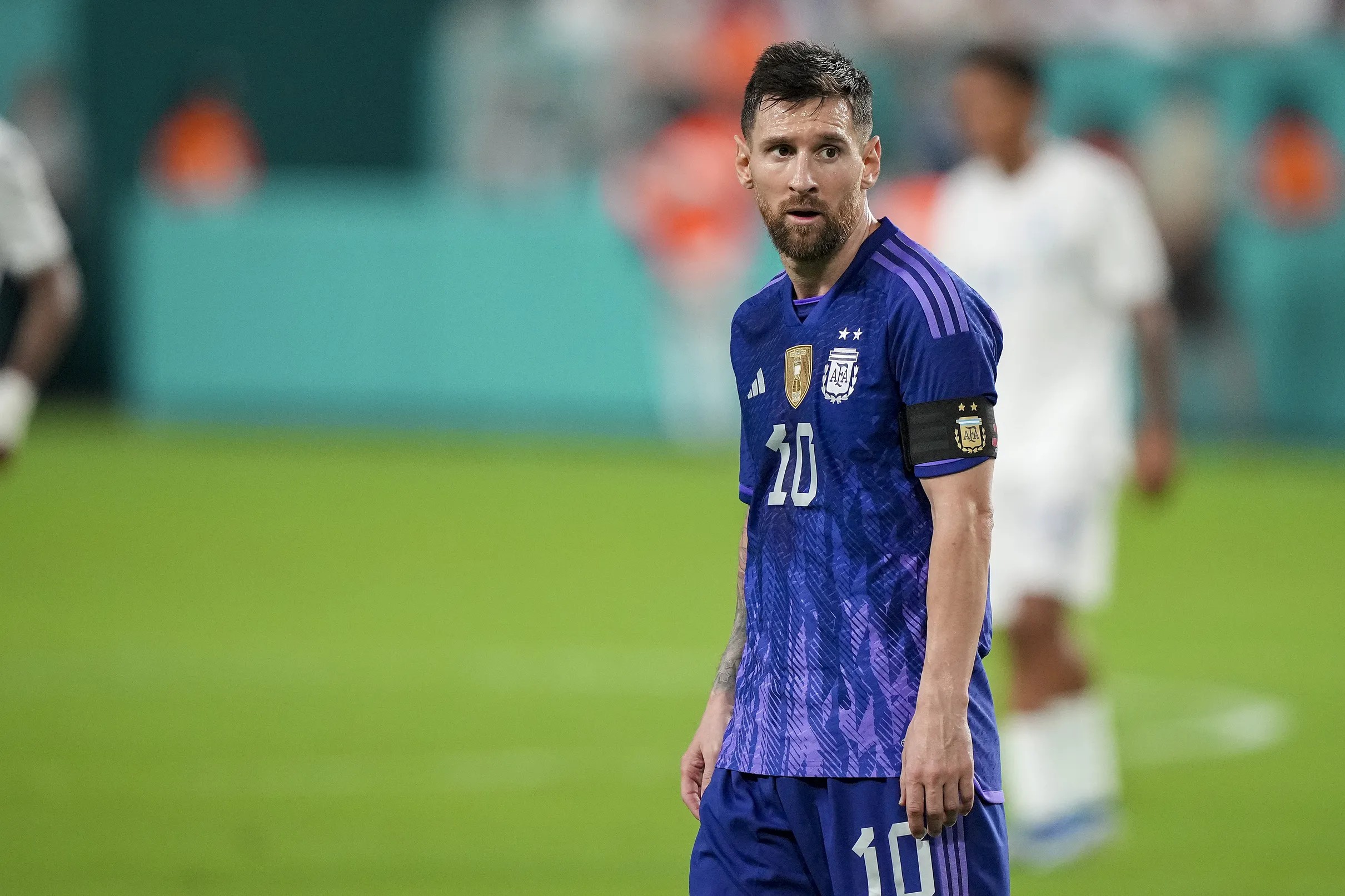The Transfer Market And Manchester United: A Strategic Analysis

Table of Contents
Manchester United's Scouting Network and Player Recruitment
The Evolution of United's Scouting System
Manchester United's scouting system has undergone significant evolution. Early success relied heavily on the intuition of Sir Alex Ferguson, but the modern era demands a more data-driven and globally networked approach. Key figures like Jim Lawlor have shaped the scouting landscape, influencing the club's recruitment philosophy.
- Successful Coups: Cristiano Ronaldo (first signing), Wayne Rooney, Ruud van Nistelrooy demonstrate a history of identifying and securing top talent.
- Costly Mistakes: The signings of Angel Di Maria and Alexis Sanchez serve as cautionary tales of expensive acquisitions that failed to deliver expected returns on investment.
- Methodological Shifts: The club has embraced advanced analytics and data-driven scouting in recent years, attempting to reduce the risk associated with high-profile transfers.
The effectiveness of their current system is debatable. While they have made some astute signings, inconsistencies remain, suggesting areas for improvement in identifying and nurturing young talent, particularly outside of the established European leagues. Comparing their successful recruitment rate to other top clubs like Manchester City or Liverpool provides a benchmark for evaluating their current performance. A more robust and diverse scouting network, covering emerging markets and employing advanced analytics, could enhance their success rate.
Targeting Specific Player Profiles
Manchester United's recruitment targets often vary based on managerial preferences and immediate needs. Historically, they've focused on a mix of established stars and promising young players, typically targeting specific positions of need.
- Examples: The acquisition of Bruno Fernandes filled a creative midfield void, while the signing of Jadon Sancho addressed a need for a dynamic winger. These targeted signings showcase a focus on improving specific areas of weakness within the team.
- Strategic Balance: The challenge lies in balancing immediate needs with long-term vision. Over-reliance on quick fixes can hinder the development of a sustainable squad. The club needs to consistently integrate promising youth talent alongside established stars to ensure a strong and consistent future.
Financial Implications of Manchester United's Transfers
Transfer Spending and Revenue Generation
Manchester United's transfer spending has fluctuated significantly over the years, reflecting changes in ownership, managerial approaches, and overall financial health. Compared to other Premier League giants, their spending has been inconsistent, sometimes reaching the highest levels and at others falling behind competitors.
- Financial Data: Analyzing the club's net spend (total expenditure minus player sales) over several seasons reveals patterns and trends. Publicly available financial reports and transfer fee databases provide valuable data for analysis. Wage structures also need consideration when assessing the overall financial implications.
- Financial Fair Play: UEFA’s Financial Fair Play regulations impose constraints on spending, forcing clubs to balance expenditure with revenue generation. Manchester United needs to ensure that their transfer activity aligns with these regulations. The relationship between investment and on-field success is complex. High spending doesn't guarantee trophies, highlighting the importance of smart recruitment.
The Impact of Commercial Revenue on Transfers
Manchester United's substantial commercial revenue streams significantly influence their transfer activity. Strong sponsorship deals and merchandise sales provide the financial muscle to compete for top players.
- Commercial Impact: Times of high commercial revenue often correlate with increased transfer spending, allowing the club to compete with rivals for top talent. Conversely, periods of weaker commercial performance may lead to more cautious transfer strategies.
- Interdependence: The relationship is cyclical; success on the pitch boosts commercial revenue, leading to further investment, creating a virtuous cycle (or a vicious one if performance falters).
Strategic Analysis and Future Outlook
Identifying Strengths and Weaknesses
Manchester United's transfer market strategy presents both strengths and weaknesses.
- Strengths: The club's global brand attracts top players, and they have a history of successful recruitment, particularly under Sir Alex Ferguson. Their commercial power provides significant financial resources.
- Weaknesses: Inconsistent spending patterns, occasional failures to identify and sign key players, and the lack of a consistently unified recruitment approach have hindered progress. Comparing their strategy to clubs like Liverpool and Manchester City, who have demonstrated greater consistency in their recruitment, is instructive. Areas needing improvement include negotiating power and identifying hidden talent in less-known leagues.
Predictions and Recommendations for Future Transfers
Predicting future transfer activity is inherently speculative, but based on current needs and financial constraints, we can offer some informed predictions.
- Positional Needs: Depending on managerial changes and player departures, potential needs might include a consistent central striker, a defensive midfielder, and potentially attacking width.
- Potential Targets: Identifying specific targets depends heavily on scouting intelligence and managerial preferences. However, players who fit the club's profile (a blend of experience and young talent) will be prioritized.
- Strategic Priorities: Focusing on sustainable long-term squad development, rather than short-term fixes, should be a priority. Improving the scouting network and leveraging data analytics for informed decision-making are essential.
Conclusion
Analyzing Manchester United's transfer market strategy reveals a history of both brilliant acquisitions and costly mistakes. While their global brand and commercial power provide significant advantages, inconsistencies in spending patterns and the occasional failure to identify key players require attention. A more robust and consistently applied strategy, focused on long-term squad building and a data-driven scouting network, is crucial for future success. Improving negotiating power and identifying hidden gems outside of the established European leagues is also critical. Ultimately, a well-defined Manchester United transfer market strategy is paramount for achieving on-field success. What are your thoughts on Manchester United's future transfer market decisions? Share your predictions and strategies in the comments below!

Featured Posts
-
 Mission Impossible 7 Your Guide To Streaming Options
May 14, 2025
Mission Impossible 7 Your Guide To Streaming Options
May 14, 2025 -
 Prensa Caparros Nuevo Entrenador Del Sevilla Tras La Salida De Garcia Pimienta
May 14, 2025
Prensa Caparros Nuevo Entrenador Del Sevilla Tras La Salida De Garcia Pimienta
May 14, 2025 -
 Tennis Branding A Case Study Of Sinners Fox And Federers Rf
May 14, 2025
Tennis Branding A Case Study Of Sinners Fox And Federers Rf
May 14, 2025 -
 Araujo Injury Huijsen In The Frame For Barcelona Move
May 14, 2025
Araujo Injury Huijsen In The Frame For Barcelona Move
May 14, 2025 -
 Lindts Central London Chocolate Shop Grand Opening
May 14, 2025
Lindts Central London Chocolate Shop Grand Opening
May 14, 2025
